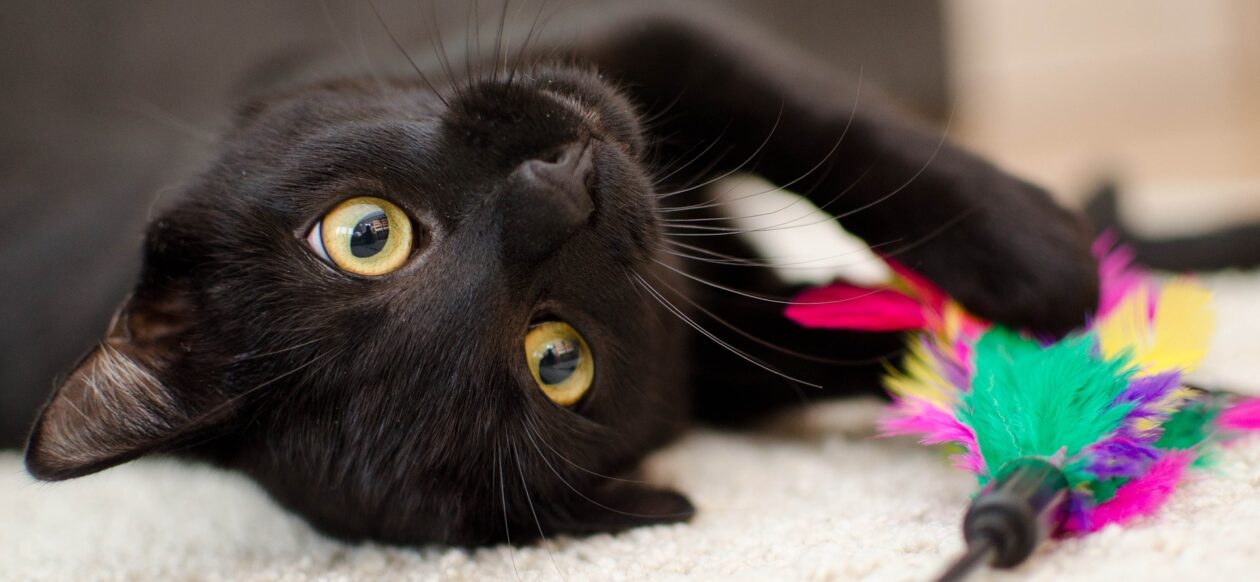Summer is a favorite season for picnics in the park, enjoying the seashore, and dining al fresco—but with warm summer temperatures also come the fleas! Fleas can wreak havoc on cats causing discomfort, severe skin conditions, allergic reactions, parasites (tape worms), anemia and even death in the worst cases, if left untreated. So it’s important to protect your cat from fleas, but it’s also important to know the dangers of some flea control products on the market today. In this article, you’ll become knowledgeable about the different flea treatment options, some of the health consequences associated with them, and you’ll learn ways to provide your cat with the safest possible flea treatments and precautions available. Here’s the good, the bad and the ugly on preventing and treating fleas in cats.
Does Your Cat Have Fleas?
To check whether your cat has fleas, you can run a flea comb through your cat’s fur pressing along the skin to check for adult fleas or flea feces and eggs. These will look like little specks of salt and pepper or tiny black and white grains in the fur. The white grains are flea eggs, and the black grains are flea feces. If you have found and removed some grains on your flea comb, rub the grains onto a piece of white paper and if the grains turn a reddish-brown color, you know you have a flea problem.
Continue reading Preventing and Treating Fleas in Cats – The Good, The Bad and The Ugly

